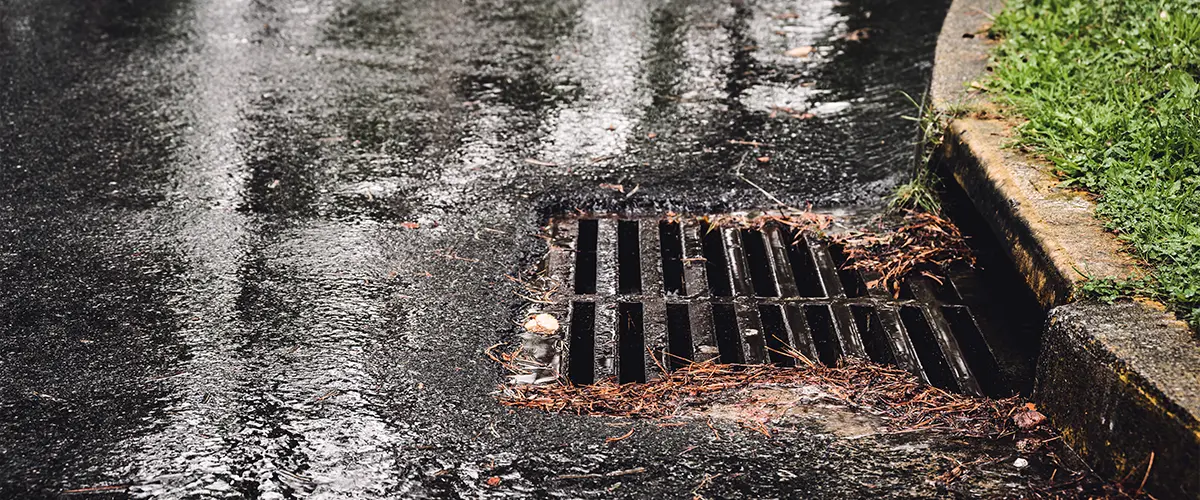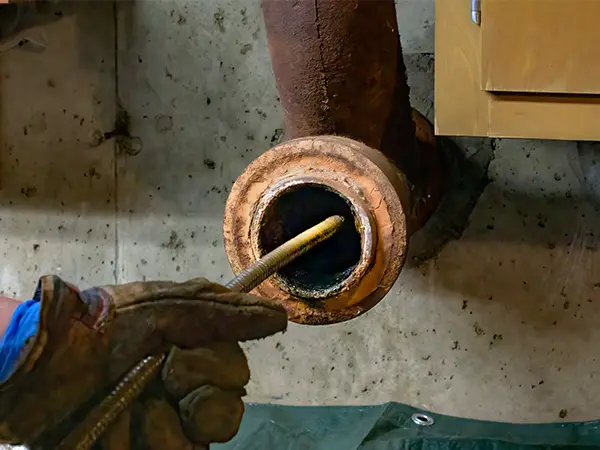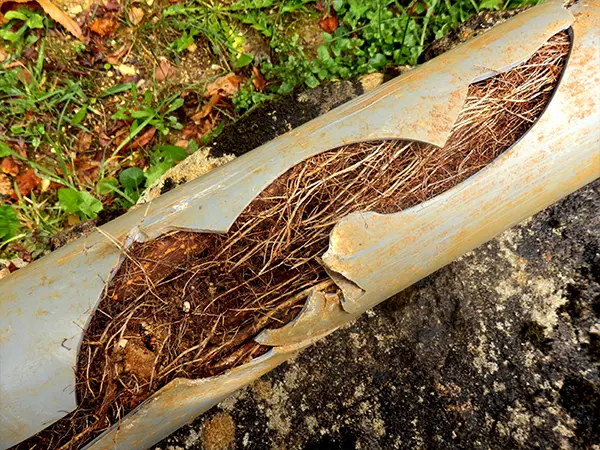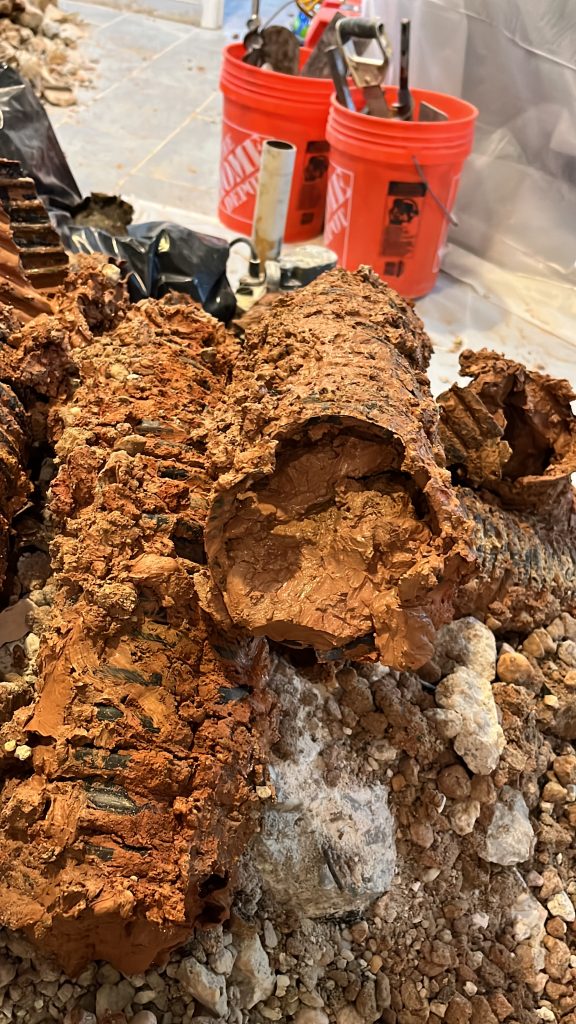An interior drainage system’s purpose is to keep your basement dry.
Interior drainage systems redirect water around your foundation into a drain tile system that carries the water to a sump pit for the sump pump to discharge the water away.
But what happens when this system becomes clogged and starts to fail?
Here are three of the most common causes of clogged interior drainage systems.

Lack of filtration
One of the most common causes of clogged interior drainage systems is a lack of proper filtration.
Over time, silt and clay can build up in the drain tile, causing it to become clogged and ineffective. To prevent this, the waterproofing contractor should backfill the system with the proper gravel.
Proper filtration will allow water to flow freely through the system while trapping any silt or clay before it can build up in the drain tile.


Incorrect placement of tile
Another common cause of clogged interior drainage systems is incorrect placement of the drain tile.
The drain tile should be placed underneath the floor at the proper depth to ensure it will collect the ground/rainwater as it enters.
If the drain tile is not placed correctly, water may build up, causing additional stress to the foundation, causing damage to your home water intrusion and potentially leading to mold growth.

Drain tile is not pitched correctly
Finally, if the pipe that carries water through your interior drainage system is not pitched correctly, it can become clogged with debris over time.
Ensure Full Efficiency With Capstone Waterproofing Solutions
A clogged interior drainage system can cause serious problems for your home—including water damage, mold growth, and even foundation settlement.
If you’re noticing any of these signs, it’s time to call a professional to inspect your interior drainage system. Ignoring the problem will only make it worse and could eventually lead to a wet, muddy basement.
Capstone Waterproofing Solutions offer some of the best ways to boost the functionality and efficiency of your basement. Check out our waterproofing service and enjoy working with a top-tier contractor that’s all in for your success!
So don’t wait – call us at (202) 389-9121 and talk with one of our pros today, or request your free quote and get your drainage system back in tip-top shape!
